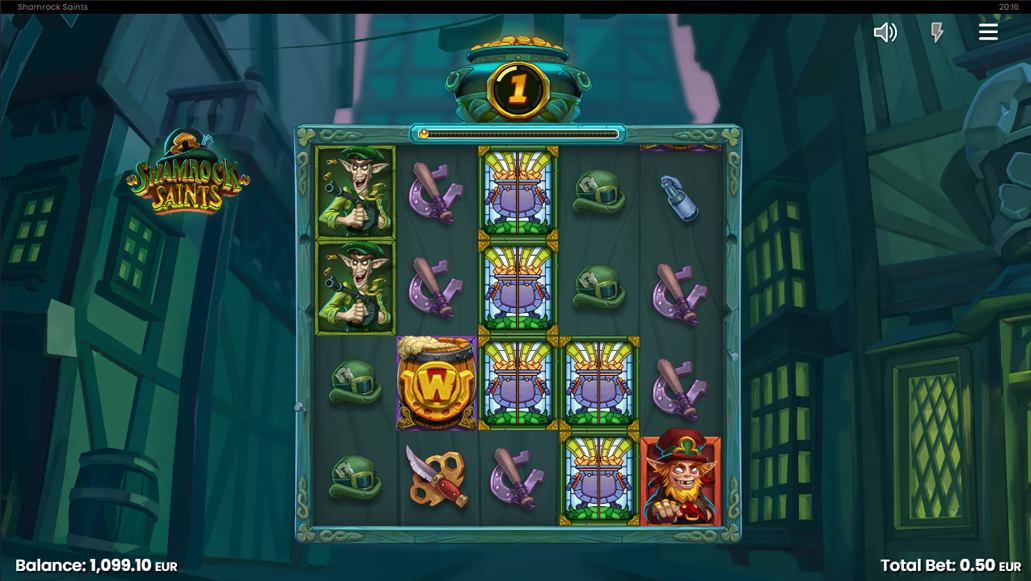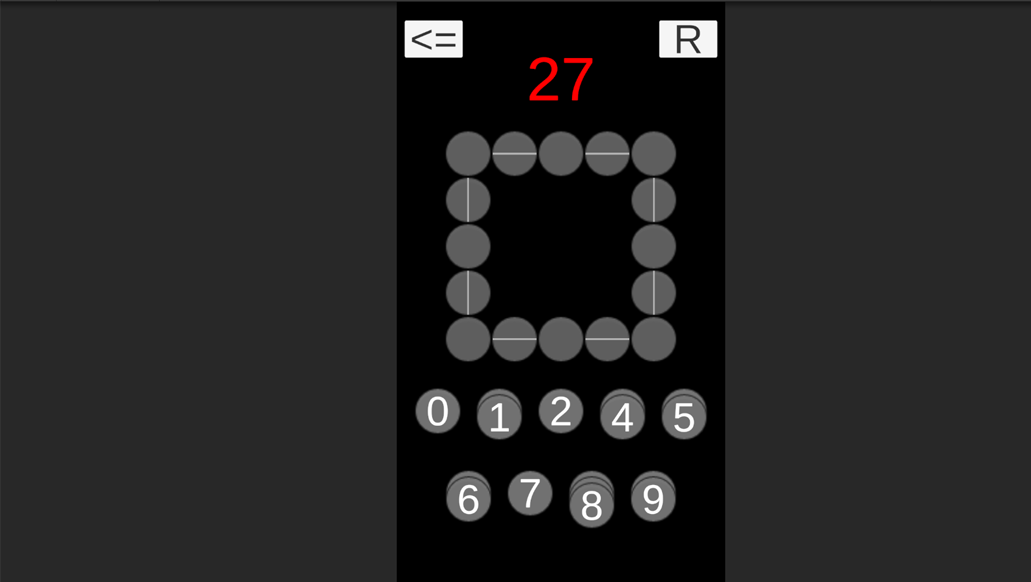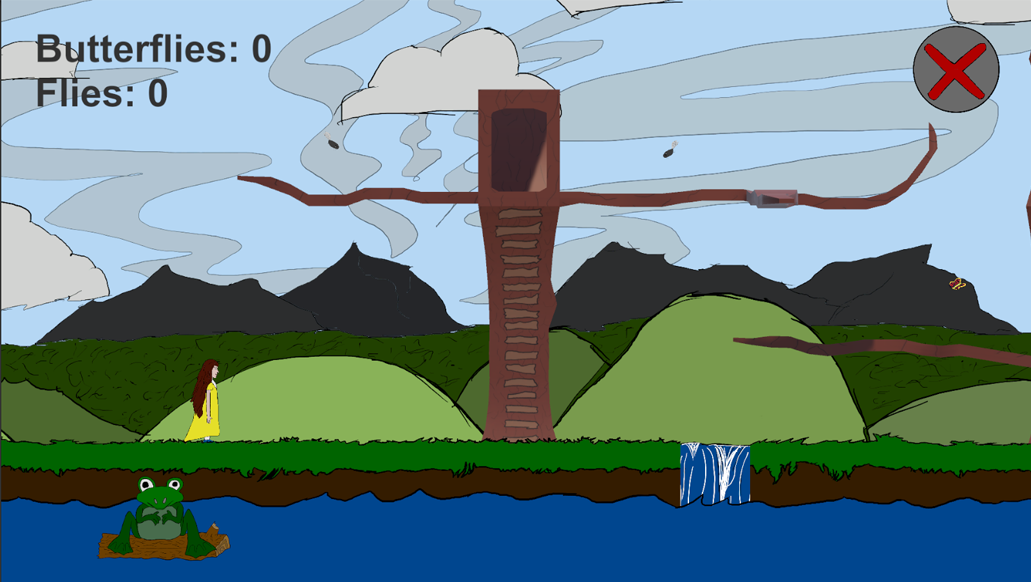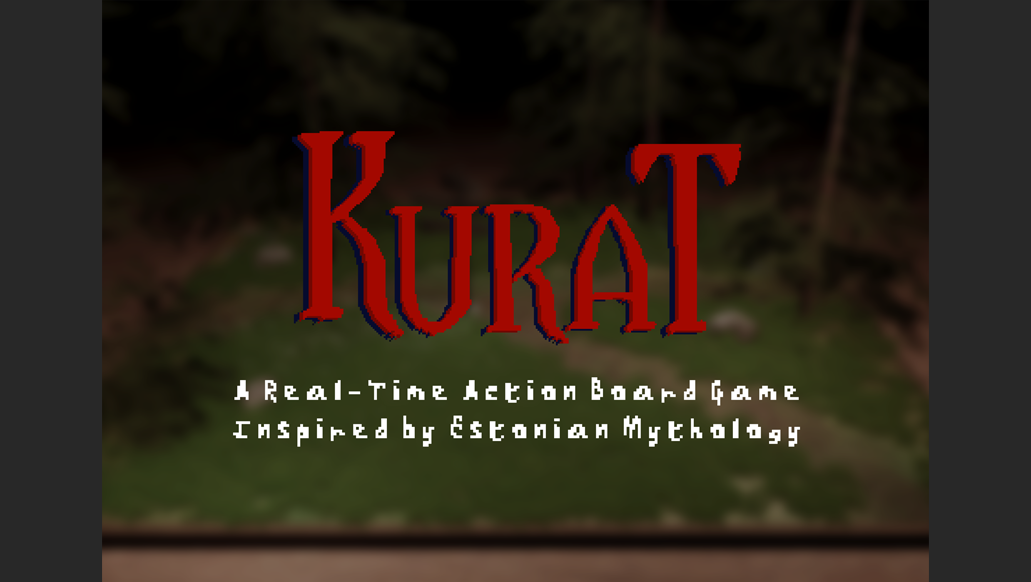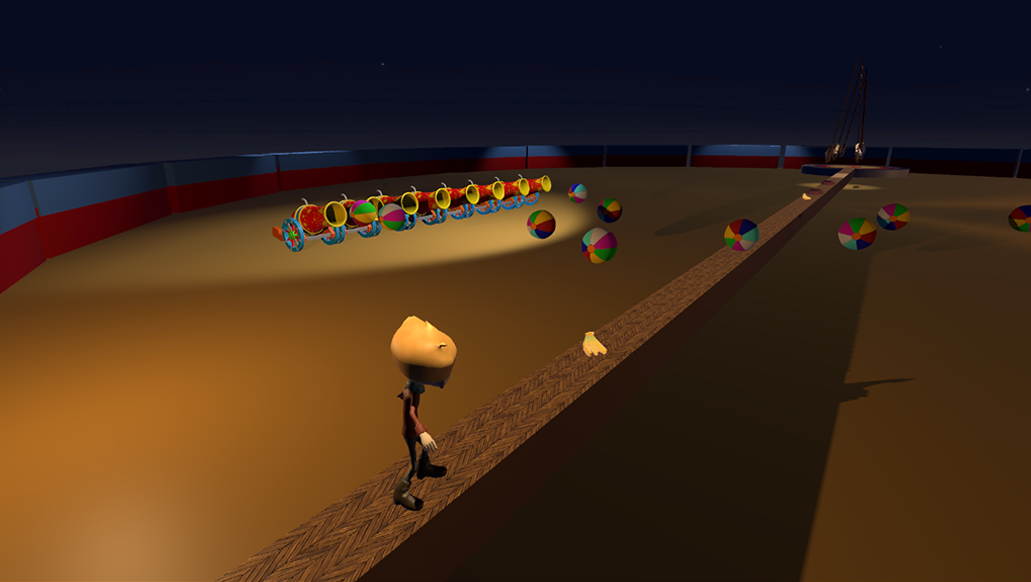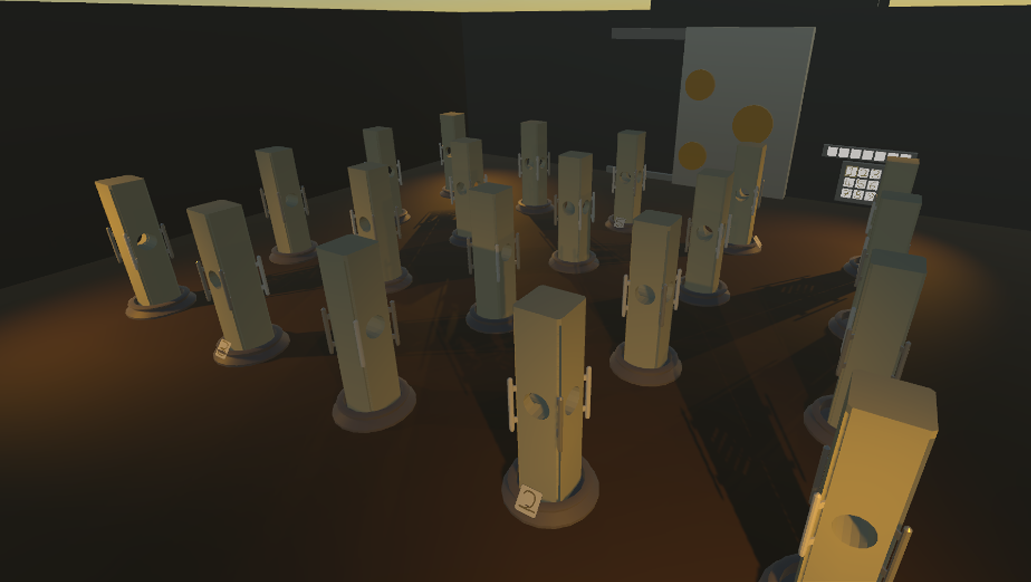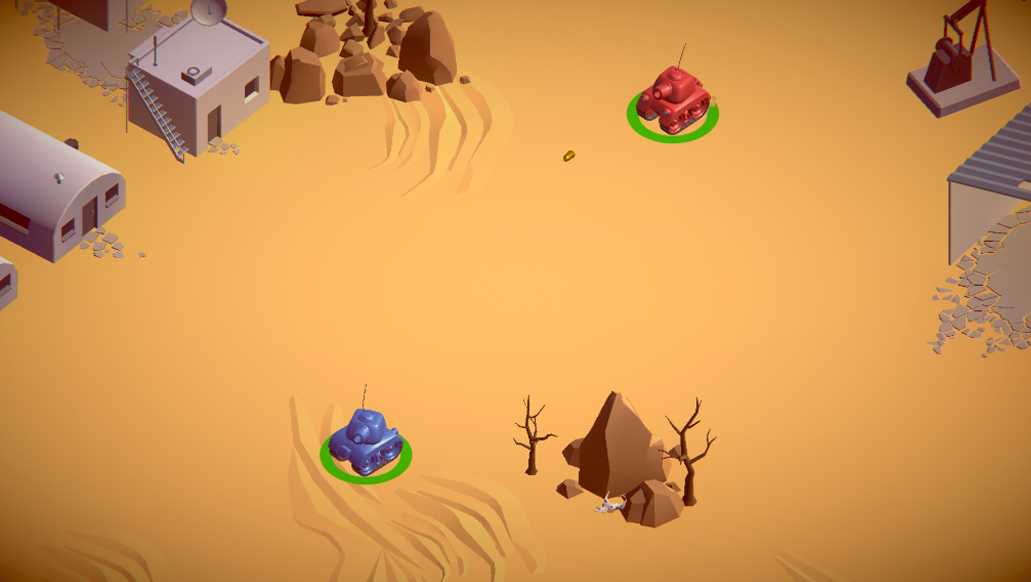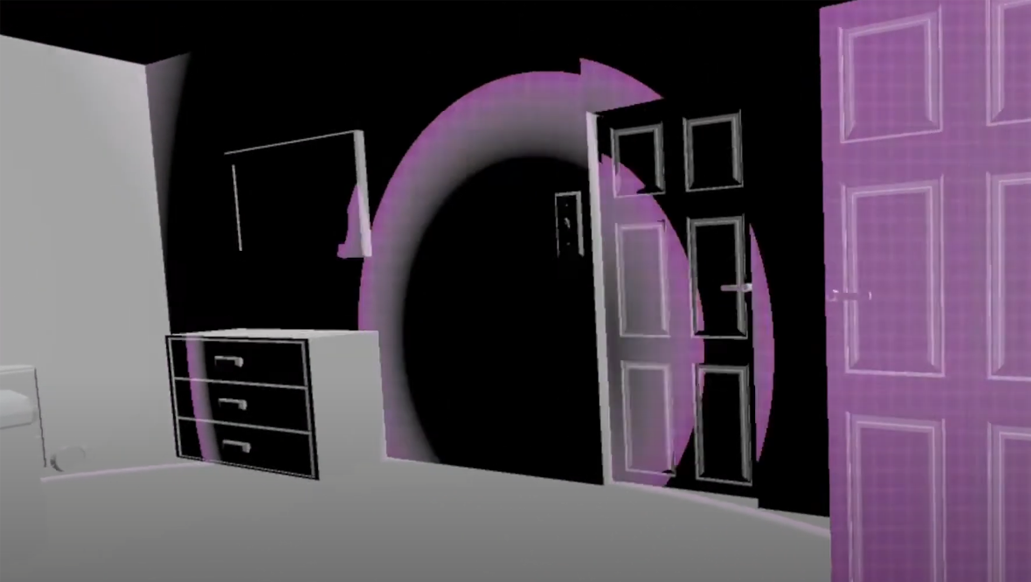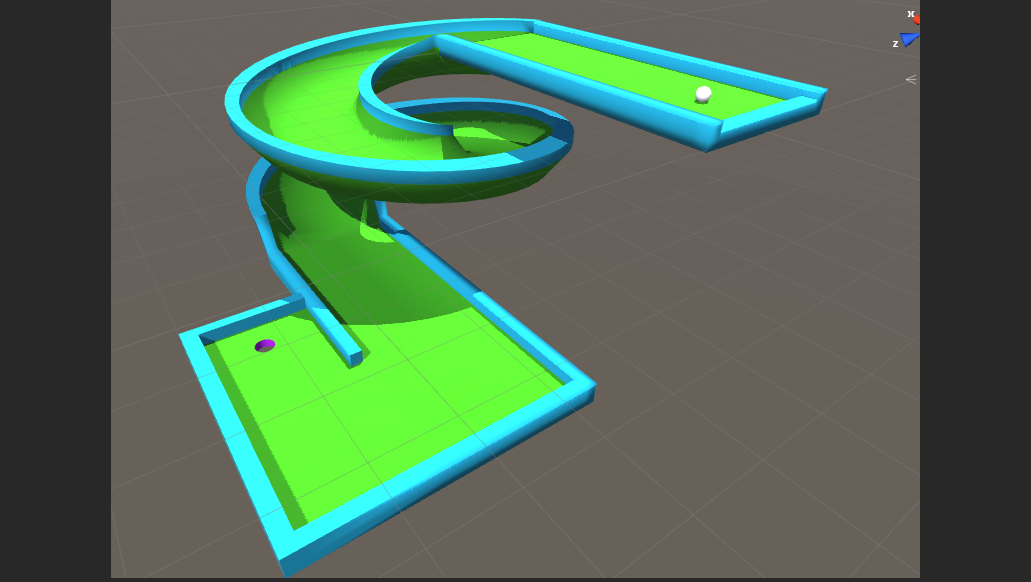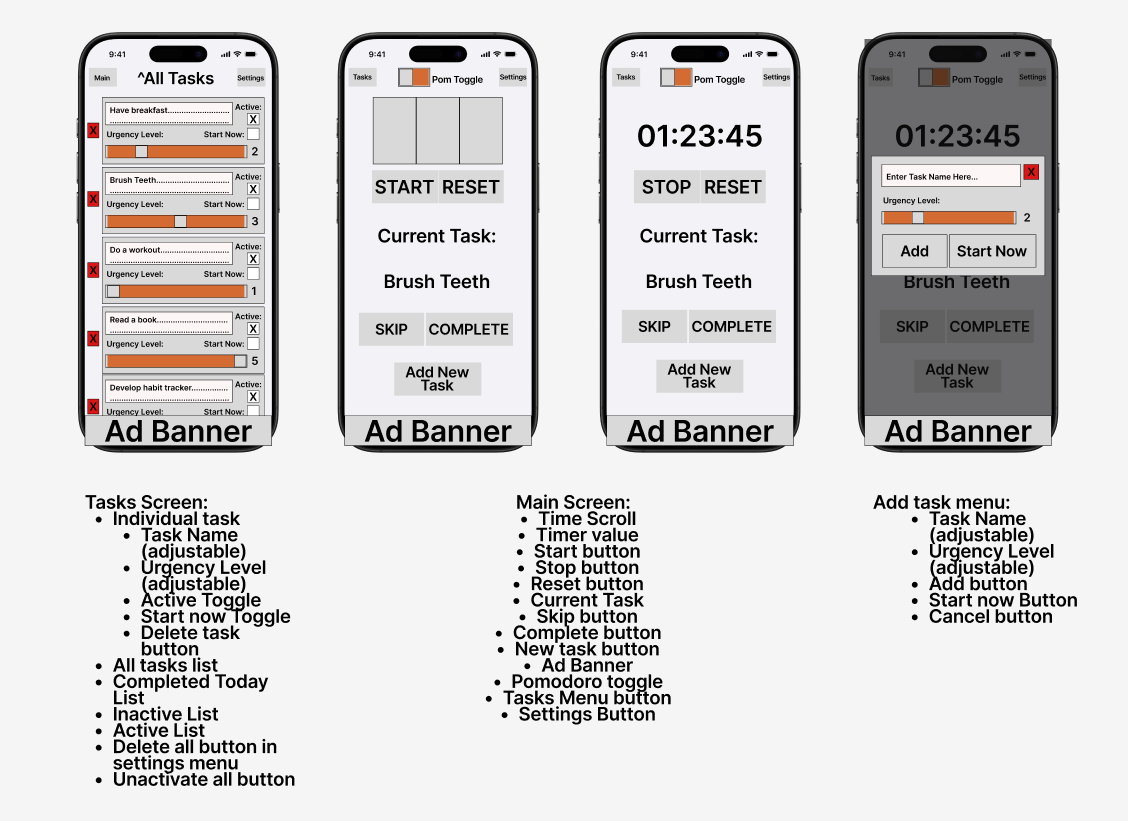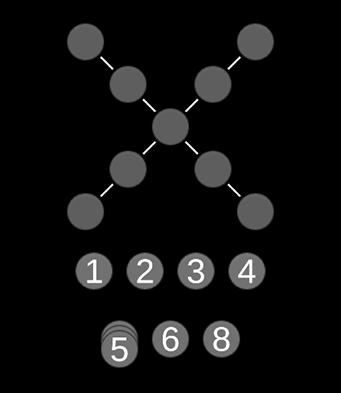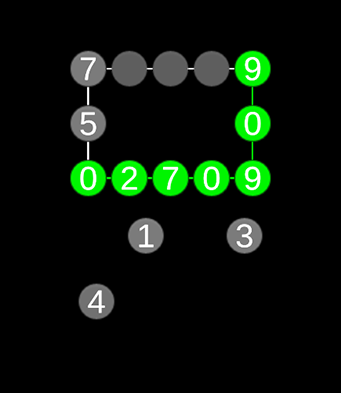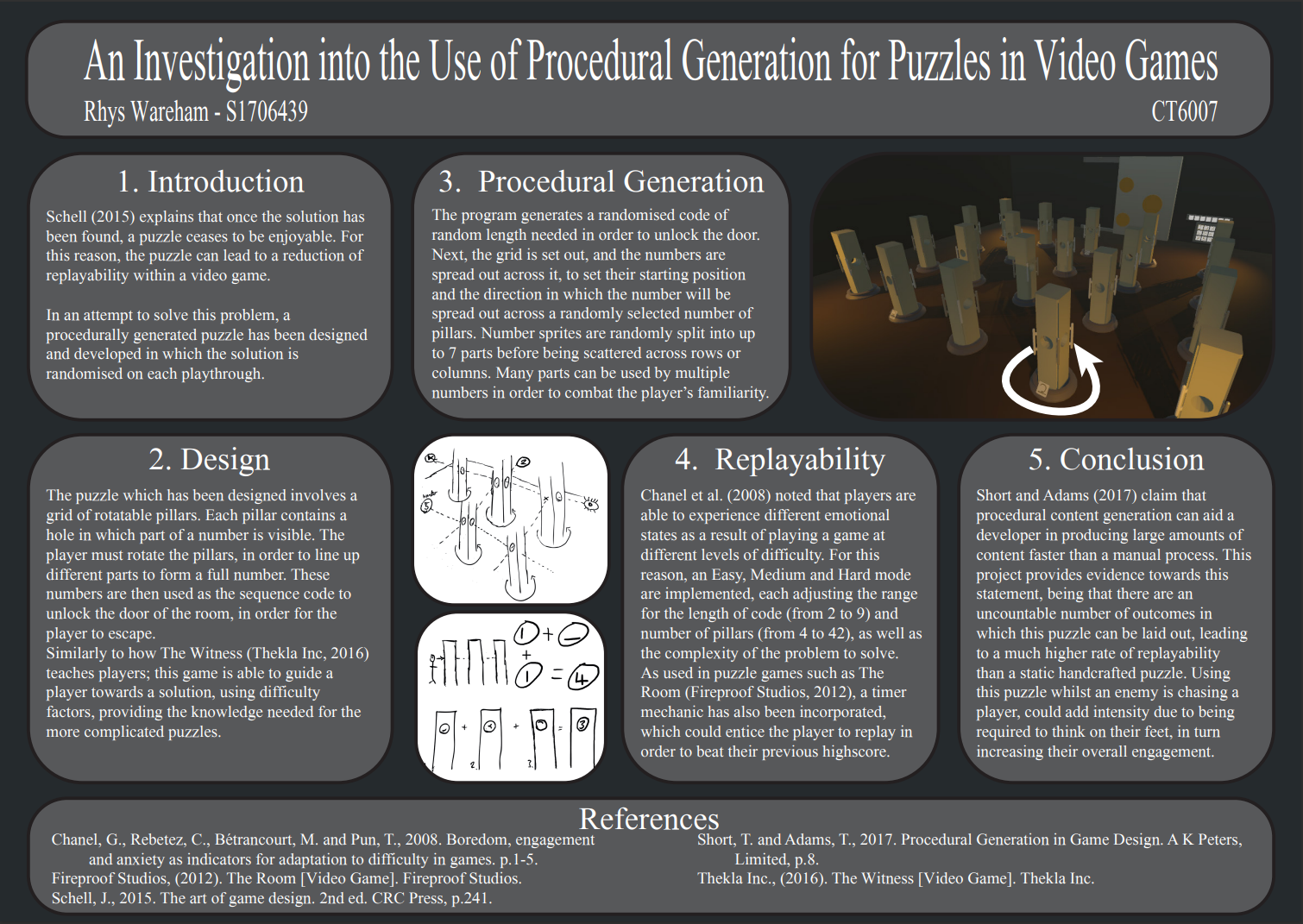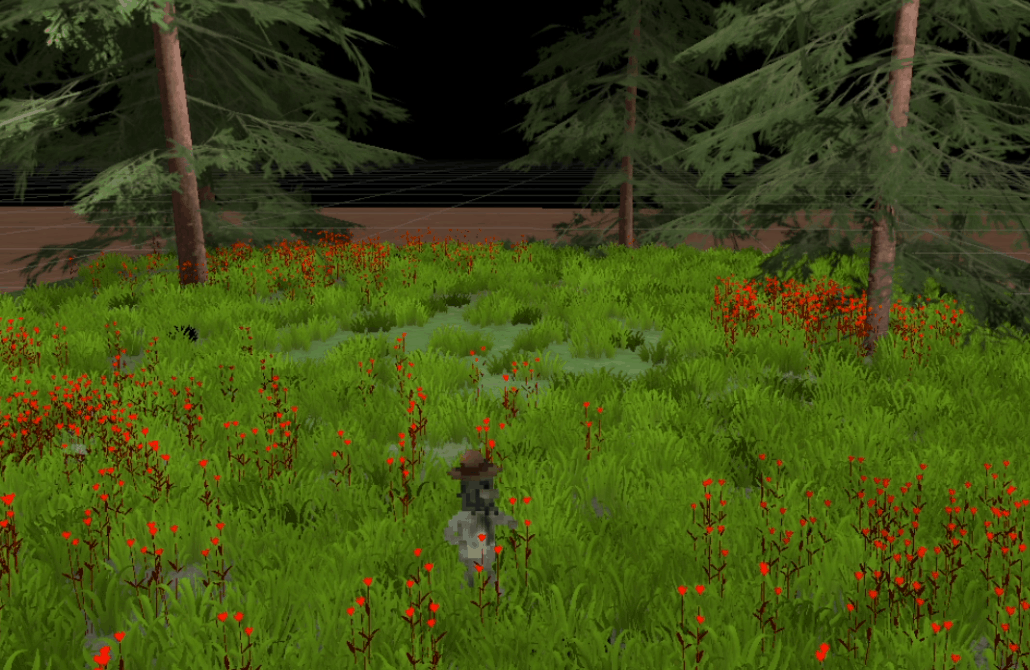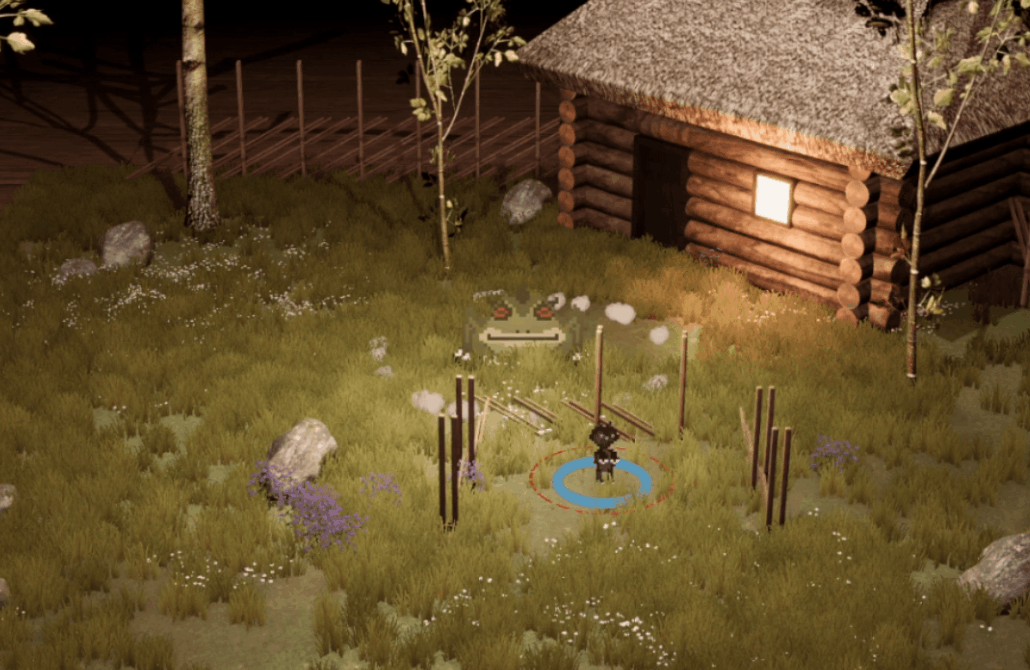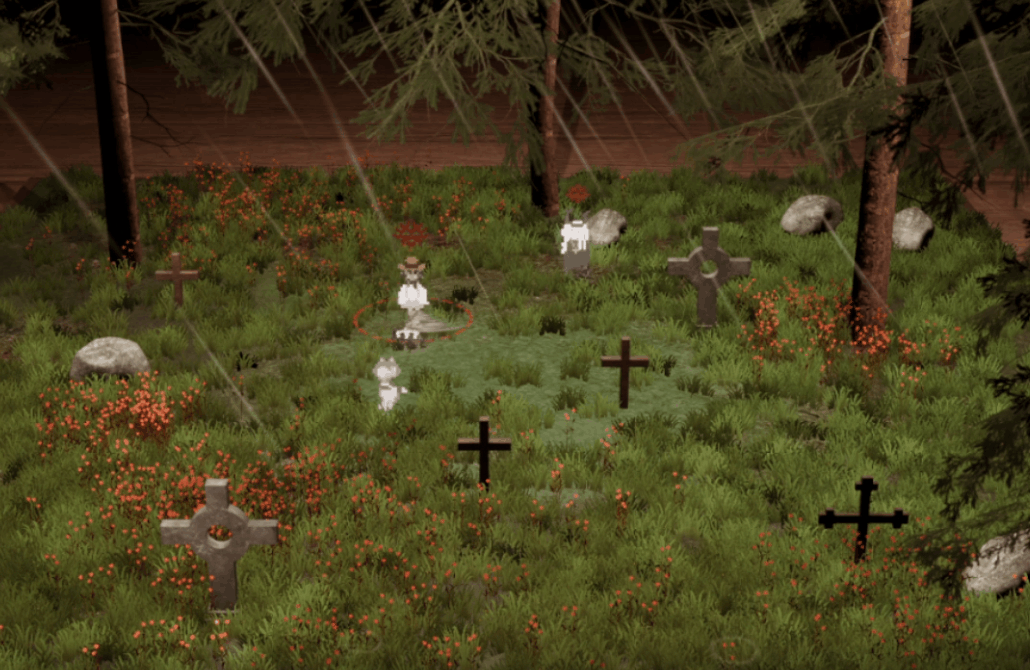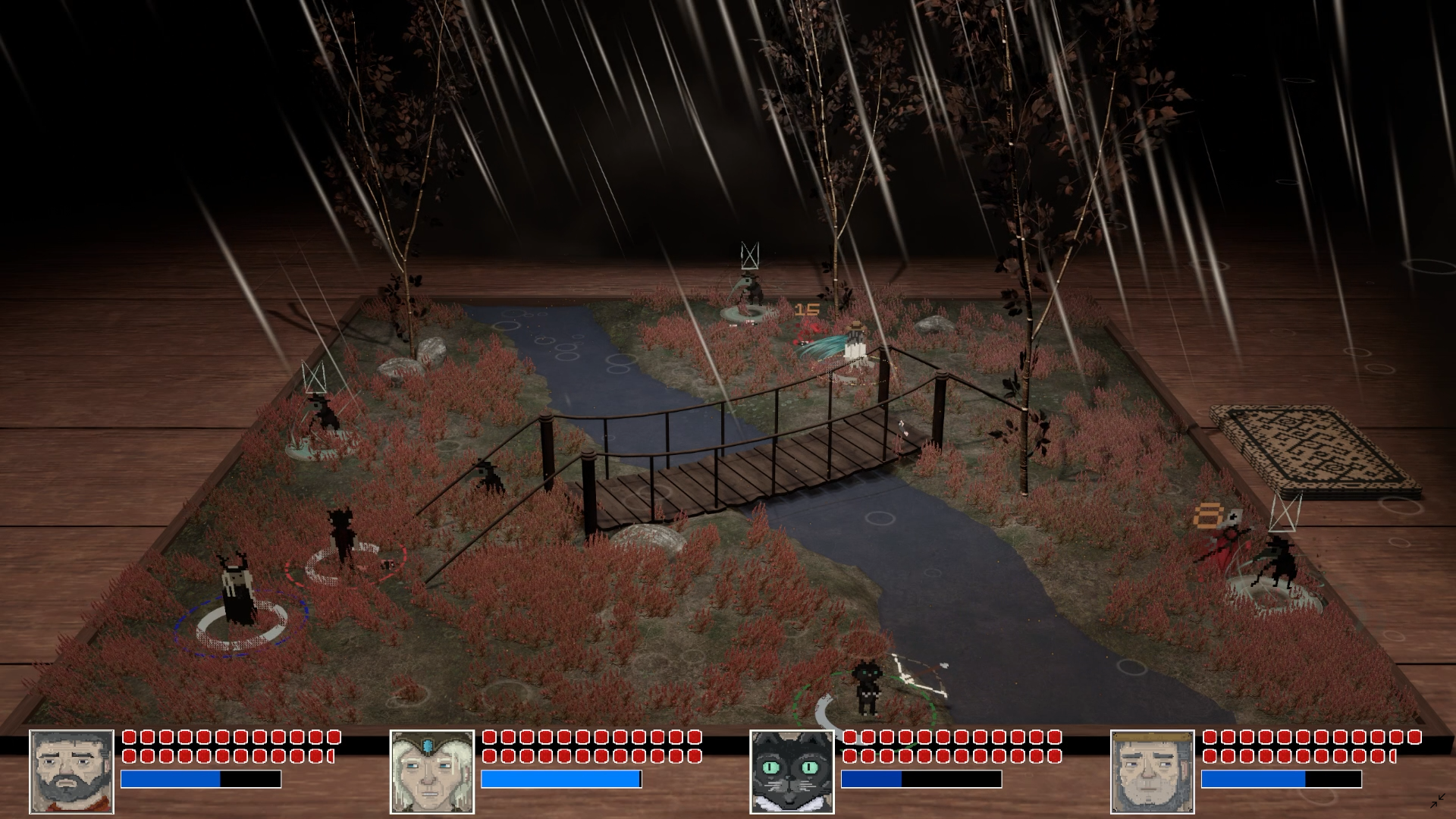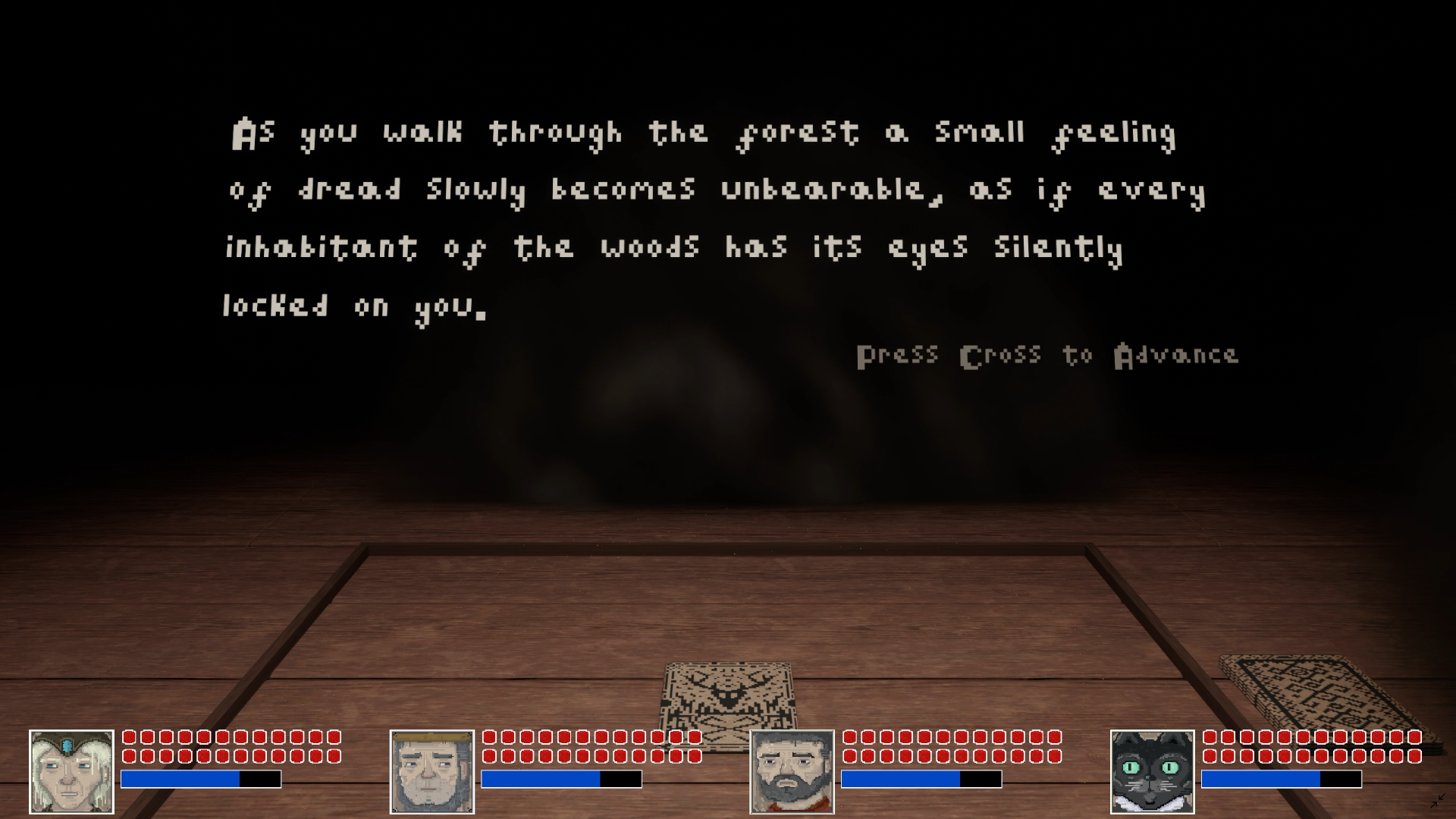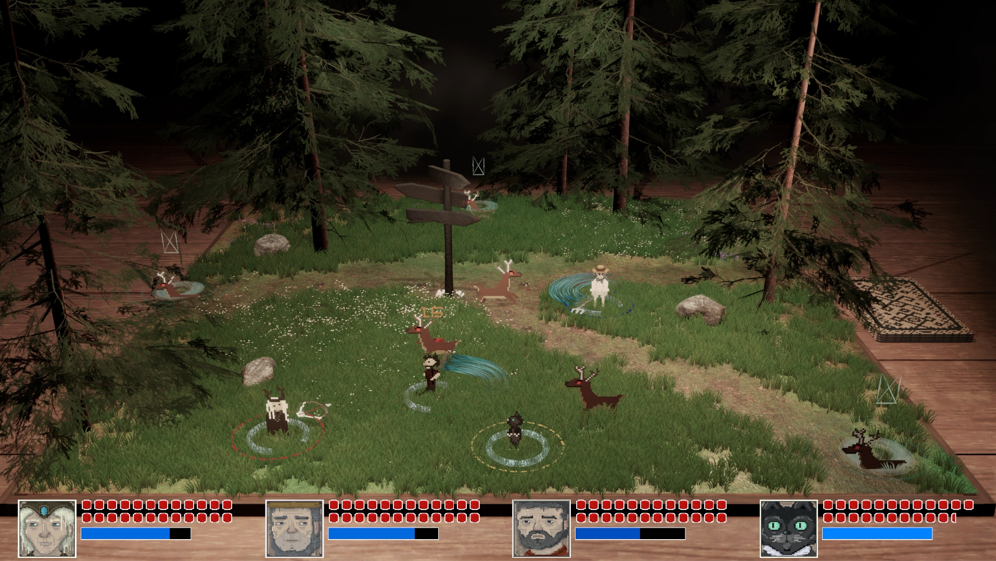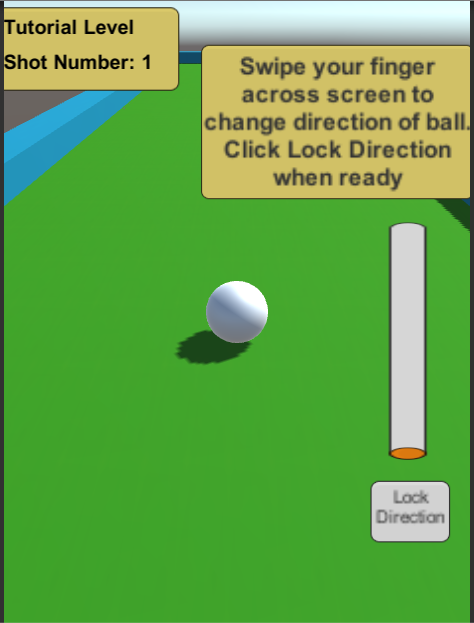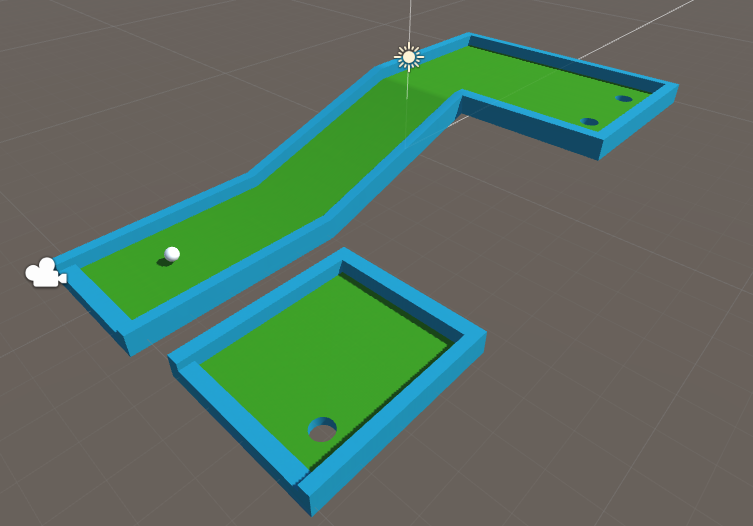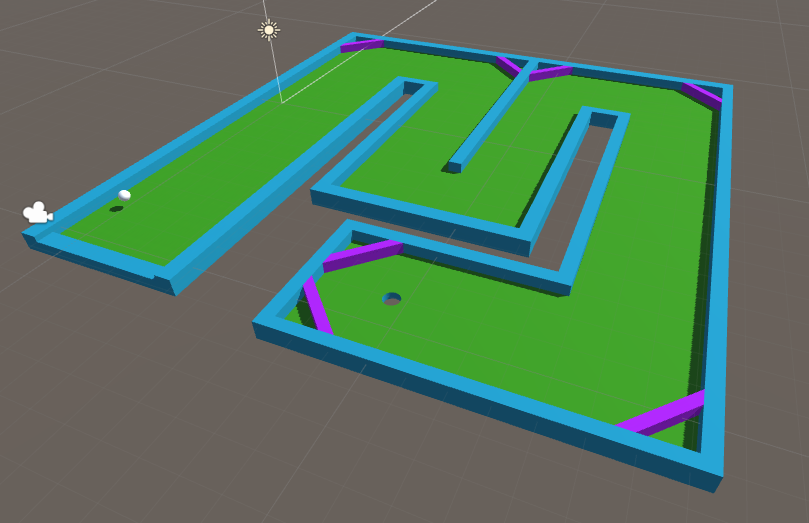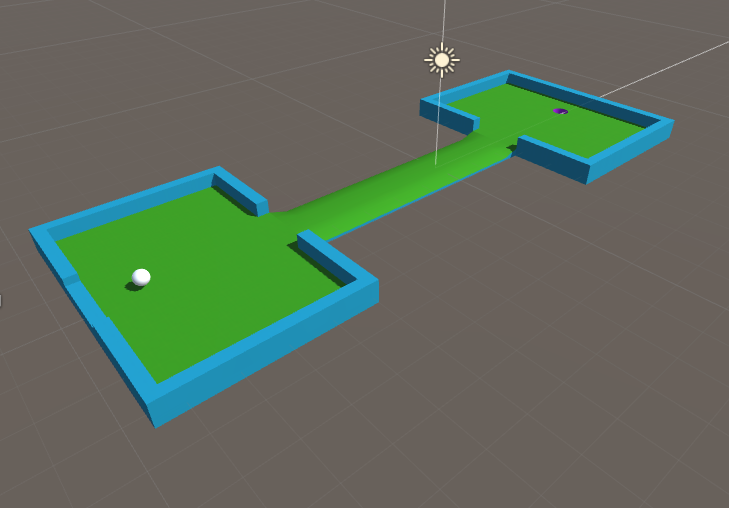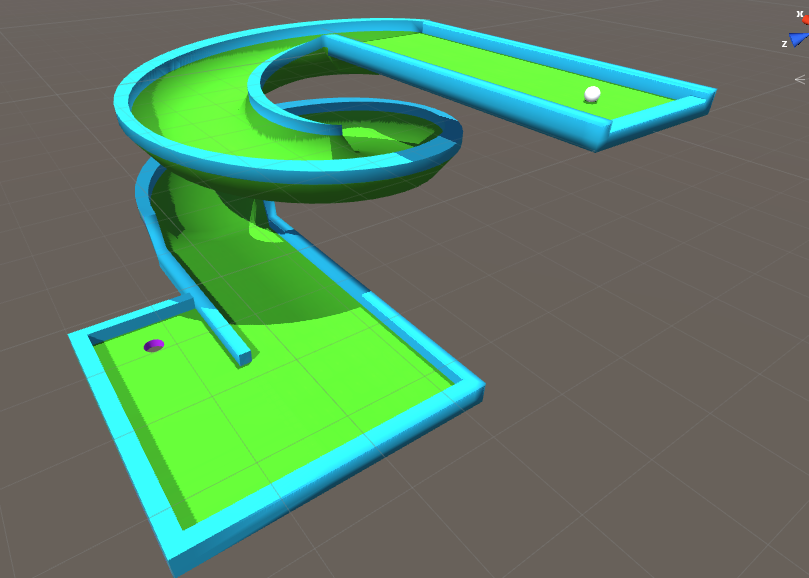
Lead Game Developer with 4+ years of experience building games across both frontend HTML5 browser platforms and Unity-based games for desktop and Android, with four projects released so far.
I specialise in crafting gameplay mechanics, enemy behaviours and modular systems using object-oriented programming principles. On the frontend as a game client developer, I’ve led the development of multiple browser-based titles using TypeScript, PixiJS, and the HTML5 Canvas API.
In Unity, I’m currently exploring procedural animation systems to create dynamic enemy behaviours. This interest is highlighted in “Kurat,” a TIGA-nominated indie project developed by myself and 4 others, in which I was dedicated to crafting Player Combat and Enemy AI.
Along with gaining a First Class Honours BSc in Computer Games Programming from the University of Gloucestershire, I have continuously demonstrated my passion for game development by engaging in multiple game jams as well as my own projects. I am currently working on three solo projects: a Task Management App, a Mobile Maths Puzzle Game using Unity and a Third-Person Stealth game in Unreal Engine 5.
The skills of which I have acquired include:
- Languages: C#, C++, TypeScript, JavaScript, HTML5, CSS
- Frameworks: Pixi.js, Spine, Canvas 2D API, WebGL
- Engines: Unity, Unreal Engine 4/5
- Tools: Visual Studio, Git, Perforce, Jira, ClickUp, Trello, Confluence
- Design: Object-Oriented Programming, Software Design Patterns, Agile Scrum
- Other: Autodesk Maya, Adobe Suite, QGIS & ArcGIS
Many of my projects are available to look at below.
Thank you for taking your time to view my webpage portfolio.
